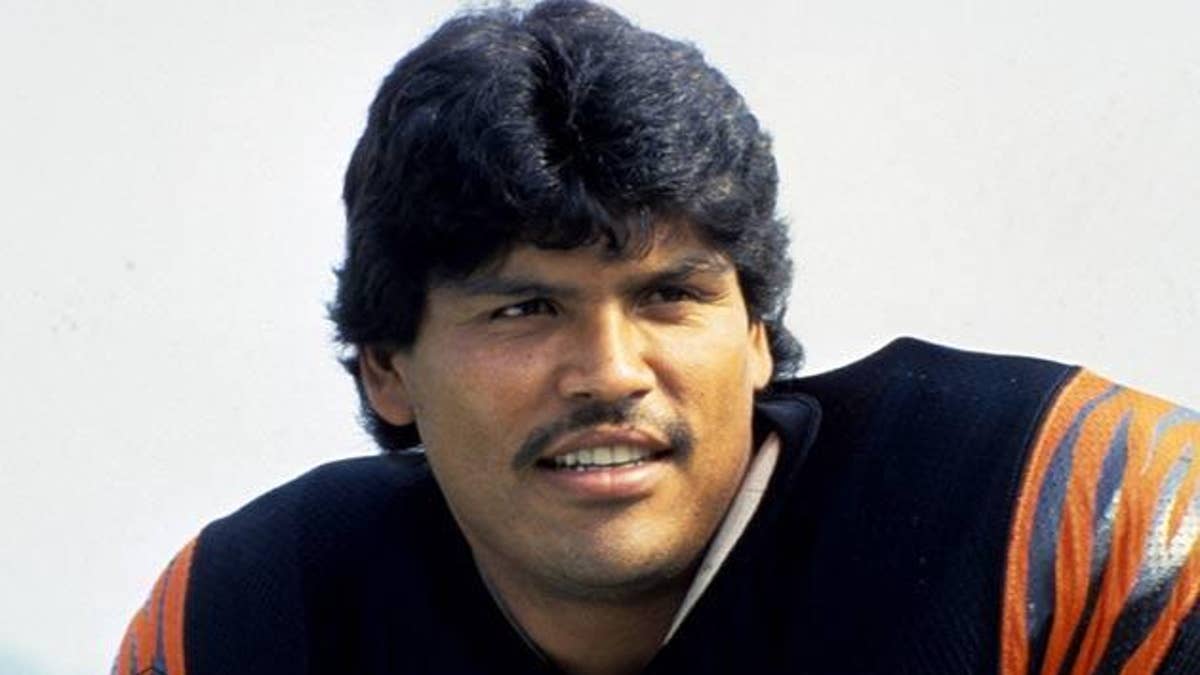
Pro Football Hall of Fame tackle Anthony Muñoz
More than 33 million Hispanics have watched professional football so far this season, making it the most-watched NFL season among Latinos. Professional football, not fútbol, delivered two of the most-watched professional sporting games in 2011 among Hispanics.
Generation Ñ
As a group, Hispanic children are growing faster than any other. History suggests today’s Latino kids eventually will become the parents of fully Americanized descendants whose only link to their cultural heritage is a surname, religious practice or holiday, said Hernán Ramírez, a sociologist at Florida State University who specializes in Hispanic assimilation tells the Tampa Tribune.
More and more NFL teams are courting the lucrative Latino market in attempt to tap into an aggressive and young fan base ready to shell out consumer dollars. Since Hispanic football fans spend nearly 15 hours engaged with the NFL each week during the regular season and because more Latinos watched the Super Bowl than the World Cup Final, it is easy to understand why the NFL’s strategic marketing efforts for this season’s big game should enable them to make unparalleled inroads with young Americans of Hispanic descent.
“There is a prevailing sense of ‘family’ in football,” said Pro Football Hall of Fame tackle Anthony Muñoz said in an interview with the web site USA Football. “You get that in the Hispanic community, and that’s what you want in a football team.”
According to the NFLHispanic.com, last year’s Super Bowl was the most watched TV program ever among Hispanics, averaging ten million Hispanic viewers.
Latino Influenced Super Bowls
The NFL played its first regular-season game outside the United States in 2005 and drew over 100,000 people in Mexico City. Over the last five years, the NFL has aggressively sought to connect with Hispanics, a fan base that is large and growing at rapid pitch. The 2011 season saw one of the most aggressive positioning strategies by NFL members as more than half of the teams celebrated Hispanic heritage events at various stadiums.
The NFL vamped its push towards U.S. Hispanics in recent years. Last year’s big game in Dallas offered a definitive Latino flair. According to the 2010 U.S. Census, Texas grew more than twice as fast as the nation, thanks largely to a surge among Mexican Hispanics. Dallas has the fifth largest U.S. Hispanic population that are from Mexican decent and over 1.5 million Mexicans in the Dallas–Fort Worth Metroplex are the third largest foreign born Mexican population in the U.S. per Metropolitan Statistical Areas.
There is a prevailing sense of ‘family’ in football. You get that in the Hispanic community, and that’s what you want in a football team.
On one level, the choice to host the game in Dallas was rational--the weather is ideal, the atmosphere is fun and the tourist industry can accommodate the crowd. On another and most likely more influential level, the choice is strategic. What better way to captivate the Hispanic market than to bring the game to the famed Latino football hotspot?
In an interview with the Phoenix Business Journal, Victor Villalba, head of Spanish language broadcasting for the Dallas Cowboys, stated “most games are on Sunday, which meshes with traditional Latino family get-togethers and social gatherings.”
Super Bowl XLVI will showcase a full on attempt to captivate Hispanic audiences. The NFL is pushing its NFLHispanic.com website even more than ever. This site is designed as a tool to attract potential marketers to buy into their 360-degree platform approach to reach the Hispanic demographic. This approach allows brands to reach the segment at every angle from television, online, radio, print, calendar events to grass-roots efforts. Viewers can expect a markedly overt Hispanic overtone for this year’s championship game.
‘Show Me the Money’
The big push toward Hispanic consumers is in part due to the quality of fanship. Latinos tend to be ardent fans with strong home team convictions. High levels of extreme revelry coupled with abundant consumer dollars have motivated sports leagues to seriously re-evaluate their efforts toward the Hispanic population.
Hispanics in the United States tend to be predominantly male, on average younger that the non-Hispanic population, and tend to have higher viewership of sports. Marketing, advertising, and sponsorship dollars as well as innovative grassroots public relations initiatives have all been cultivated with the new target demographic in mind.
With the average cost for a 30-second commercial in the U.S. during the last World Cup costing $250,000 versus $3 million for the last Super bowl, professional football is an arena that marketers and media heavyweights are investing big in.
Carlos Vassallo is CEO of LatinVision Media, a New York-based media company, which will be hosting its 2012 Marketing to Latinos Conference Series this spring in New York. Richie Matthews a public relations executive, contributing columnist and speaker whose focus is how to leverage the power of online communities using social technology to build brands.
Follow us on twitter.com/foxnewslatino
Like us at facebook.com/foxnewslatino
